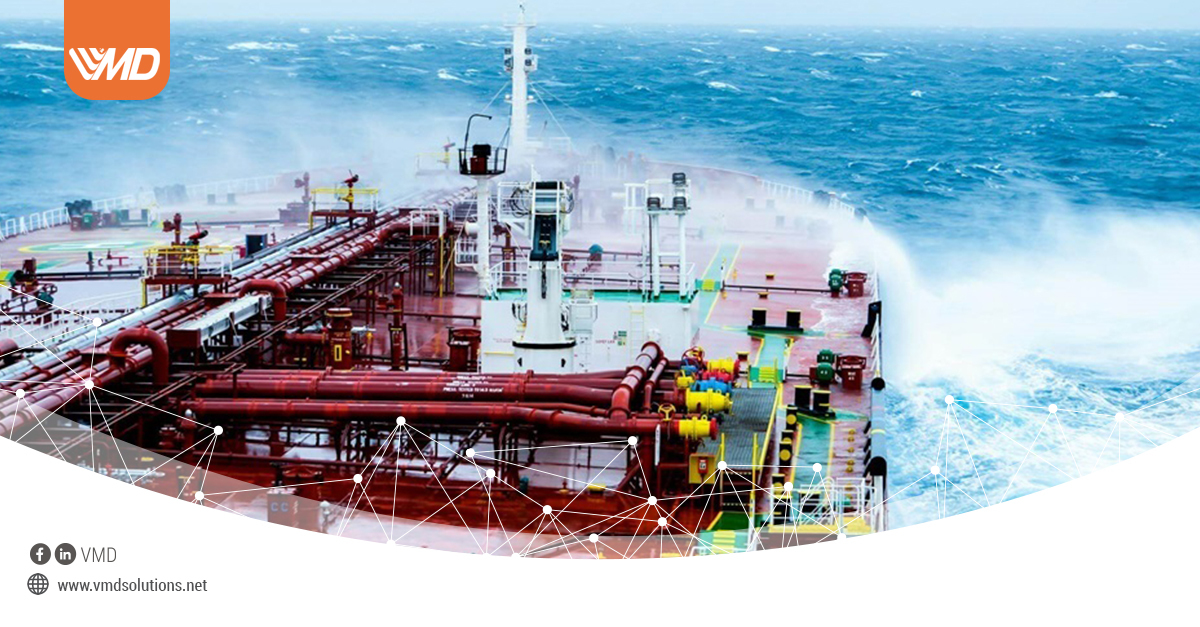The maritime industry is on the brink of a major transformation with the advent of Low Earth Orbit (LEO) satellites. These technological advancements promise high-level connectivity even in the open seas, paving the way for smoother, safer and more efficient shipping operations.
To fully leverage LEO satellites while ensuring uninterrupted connectivity at sea, shipowners are turning to hybrid solutions. By integrating LEO satellites with existing GEO networks and coastal cellular networks, shipping companies can guarantee continuous, reliable connectivity, even in areas where LEO coverage is limited.
The growth of LEO satellites and the need for hybrid solutions
The LEO satellite market is set for rapid growth, potentially accounting for up to 40% of the global satellite communications market by 2030. This growth, coupled with decreasing terminal costs, is making LEO technology more accessible to operators in the maritime industry.
Regardless of the fact that LEO networks take time to put into orbit and comply with national regulations for full deployment, hybrid solutions are becoming essential.
With hybrid solutions, ship owners benefit from flexible connectivity by switching between different networks. They can rely on Ka- or Ku-band VSAT terminals on GEO satellites as the primary channel for critical communications, while L-band equipment provides reliable backup and cost-effective communications in low-bandwidth areas. As ships approach the coast, they switch to cellular networks, providing high-speed connectivity at competitive costs for both business and personal communications. This hybrid approach ensures uninterrupted connectivity regardless of the vessel’s location and helps optimize communication costs.
Investing in a connected and secure maritime future
Adopting hybrid solutions for seamless and uninterrupted connectivity onboard ships in open waters has become essential for shipping companies. At VMD, we support maritime businesses across various sectors, from merchant fleets to ferries, by providing the right connectivity solutions that enable them to maintain a competitive edge in terms of performance, reliability, cost-effectiveness, and security, ensuring their vessels can operate efficiently and safely.
With the advancement of hybrid solutions, shipowners are empowering themselves to overcome connectivity challenges at sea and invest in a thriving future for maritime navigation.


